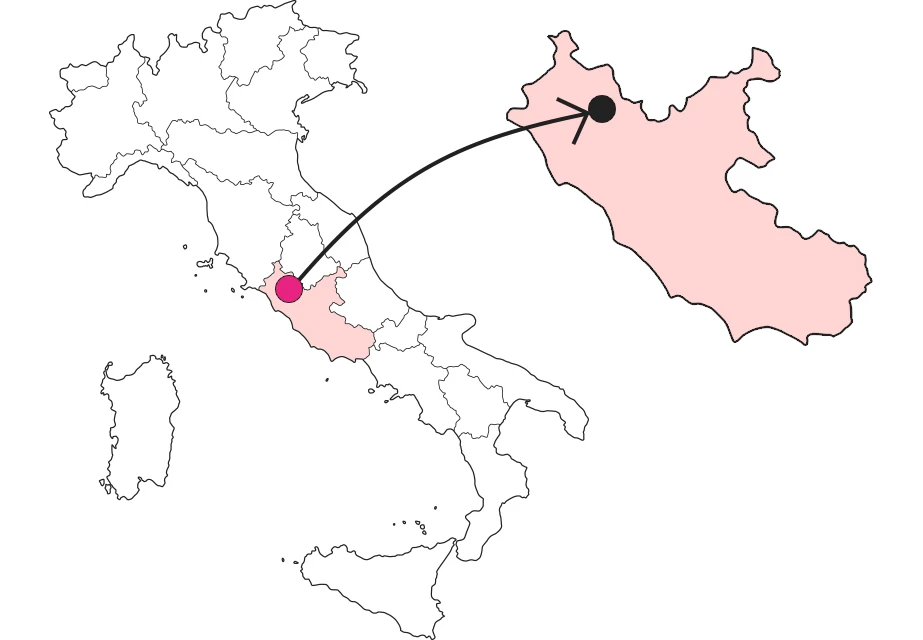




















Where

What it is and where it is
A lush valley carved by deep gullies opens before our eyes. But in addition to the furrows, there is something else that runs through it: a long footbridge makes its way through the silence and the blowing of the wind through the foliage of the oaks, and reaches what seems like a mirage. An island of clay stands alone in the valley and keeps the enchanting tufa village of Civita di Bagnoregio in precarious balance. A magnificent urban agglomeration where history and myth, magic and mysticism permeate every single stone, street or building.
Why it's special
So isolated, Civita truly seems like the figment of a writer's or visionary stage designer's imagination. And, just like a mirage, it seems to be evanescent in the irregularity of its profiles carved into the rock. A sensation, this one, that proves accurate: this village, which has its roots in tuff and clay, is inexorably destined to disappear at the hands of a fierce erosion that for centuries has been slowly and relentlessly consuming the foundations of the hill on which it stands. This precarious existence of the town led the writer Tecchi to call Civita "the dying village."
Not to be missed
The small streets with their warm tufa colors come alive often throughout the year for a variety of events. There is the donkey race called the "Palio della Tonna," there is the Civit'Arte festival with cinema, theater and music, and much more. It is this unwavering vitality that makes Civita unique and special, that makes the desire to wander among its medieval and Renaissance buildings never subside. And indeed, how can one not fall in love with this little nest that struggles, despite everything, to maintain its place in the world?
A bit of history
Civita di Bagnoregio has clear Etruscan origins, as evidenced by numerous findings. Passing through Romans, Goths and Lombards, this village later became increasingly linked to the Papal States. Between the seventeenth and eighteenth centuries, the village, already tested by very strong erosion phenomena, suffered the effects of two earthquakes and saw the population abandon the settlement. Bagnoregio was born in this period. In 1867 this territory witnessed the violent clashes between the papal troops and Garibaldi's red shirts, at the end of which the village was annexed to the nascent Kingdom of Italy.
Trivia
According to legend, one day the parents of a seriously ill child turned to St. Francis. Accepting the invitation, the Saint from Assisi stayed a few days in the Belvedere Grotto of Old St. Francis (which can be visited today), and it was here that the miraculous healing took place. St. Francis dismissed the little boy by wishing him "bona ventura," and Bonaventura became his name. The child kept it even when he decided to take his vows and, of course, remained even when he was canonized. And so it was that the grotto changed its name, becoming the Grotto of St. Bonaventure.
Enter the Map of Italy's Undiscovered Wonders and find treasures where you least expect it... Inspire, Recommend, Share...
Contacts
Collections
The Map thanks:
In the Community
Enter the Map of Italy's Undiscovered Wonders and find treasures where you least expect it... Inspire, Recommend, Share...
Where

Contacts
Collections


 Paladin
Paladin 
